With state tax collections and projected revenues continuing to rise (see chart), I have proposed using up to $1 billion of unexpected tax dollars coming into the state to smooth next year’s transition to Washington’s new education-funding system.
While more than 70 percent of state taxpayers will see a net property-tax decrease once reforms are phased in, the new K-12 funding system has the entire state slated for a tax-rate increase of $0.81 per $1,000 assessed value in 2018.
Creating an equitable and long-term education funding system for our state required a great deal of compromise. Anything more than a short-term property-tax increase necessary to transition between funding systems was not my preferred method.
Ultimately, a one-year increase was necessary to reach a bipartisan agreement.
Every year our state’s chief economist issues quarterly, four-year revenue projections. My proposal would use 75 percent of the unexpected revenue growth – the amount that exceeds the June 2017 forecast – over the next four years to reduce the impacts of the $0.81 state property-tax rate increase in 2018.
The most recent quarterly forecast anticipates another $500 million coming into the state under the current tax structure (again, money beyond what was forecast in June), which would reduce the current $0.81 rate increase to less than $0.50 per $1,000 of assessed value.
With the Legislature having already passed a budget that balances and provides property tax relief for a majority of our state over the next four years, this approach would provide us with an opportunity to amply fund state government and reduce the short-term impact on working families and people with fixed incomes.










